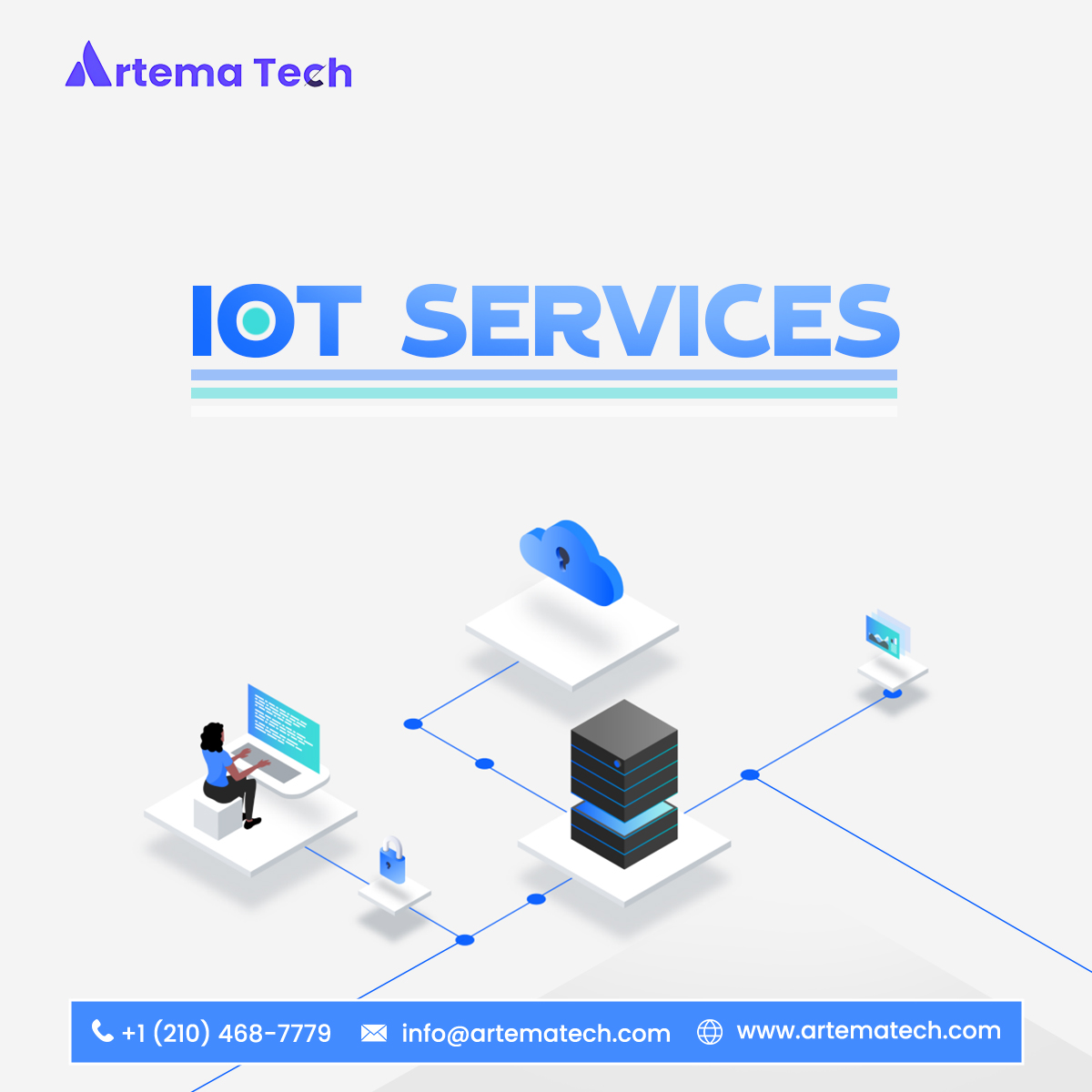The Role of Inter IoT in Building Smarter, More Connected Systems
The Internet of Things, or IoT, has quickly become a major part of everyday life. It allows devices to collect and share data through the internet, making homes, offices, and cities more efficient and convenient. This is possible thanks to IoT sensors and the larger IoT network that links these devices together. But as more devices and platforms are added, a new challenge appears: making sure these different systems can understand and work with each other. This is where Inter IoT comes into play.
Inter IoT refers to the ability of various IoT systems and platforms to communicate and operate together, even if they were made by different companies or built on different systems. Without this ability, many smart devices would remain isolated, and their full potential could not be realized. The role of Inter IoT is to ensure that everything connects, functions smoothly, and adds value to users and industries alike.
Creating Unified Smart Systems
As more smart devices are developed, they are often built with unique standards or communication methods. This can cause problems when trying to connect them in one environment. Inter IoT solves this by helping these systems share data and commands. By doing so, it creates a more unified smart system that is easier to manage.
For instance, a smart home may have lights, a thermostat, and a security system from three different brands. Without Inter IoT, each device might need its own app and work independently. But with Inter IoT, all of them can work together as part of one IoT network, responding to changes in real-time and improving comfort, safety, and energy use.
Supporting Industrial Growth
In industries such as manufacturing and logistics, Inter IoT plays a huge role in improving efficiency and reducing downtime. Machines fitted with IoT sensors can monitor their own health and performance. These sensors send data to control systems that decide when to slow down or perform maintenance.
However, many factories use machines and software from different sources. Without Inter IoT, it would be hard for all parts of the system to share data. With Inter IoT, this barrier is removed. Different platforms become part of one network, allowing for better monitoring, smarter decisions, and fewer breakdowns. This can lead to higher output and safer workplaces.
Improving Public Services in Smart Cities
Cities around the world are becoming smarter by using IoT to manage traffic, lighting, waste, and more. These city systems often come from different providers and need to work together. The role of Inter IoT is to help them communicate and operate as one.
Traffic sensors, for example, can collect data about vehicle flow. This data, when shared through an IoT network, can help control traffic lights or give real-time updates to public transport systems. Streetlights with motion detectors can adjust brightness based on foot traffic, and connected bins can signal when they need to be emptied. Inter IoT connects all these systems, making the city more efficient and responsive.
Enhancing Healthcare Systems
Healthcare is another area where the role of Inter IoT is becoming very important. Hospitals and clinics now use smart devices to monitor patients, track equipment, and manage resources. These devices often rely on IoT sensors to collect data such as heart rate, oxygen levels, or movement.
When these sensors are part of different platforms, it becomes difficult to bring all the data together in a useful way. Inter IoT helps bridge this gap, ensuring that patient information can move between devices, systems, and healthcare providers. This results in better care, faster responses, and improved outcomes for patients. It also supports telehealth, where doctors can track a patient’s health from a distance.
Advancing Smart Farming Techniques
Farming has become more advanced thanks to the use of IoT sensors and automated systems. These tools help farmers monitor soil health, crop growth, weather conditions, and more. Each sensor might be part of a different system, depending on the manufacturer or the purpose.
Without Inter IoT, these tools can’t always work together, which makes decision-making harder. Inter IoT connects different IoT networks used on a farm, allowing data from soil sensors, weather tools, and irrigation systems to work as one. This leads to smarter water use, higher crop yields, and lower operating costs. It also supports sustainability by reducing waste.
Enabling Smarter Energy Use
Energy systems are also becoming smarter, and Inter IoT has a role here too. Smart meters, power stations, and home devices can all be part of a connected IoT network. These systems use real-time data to adjust energy use, prevent blackouts, and reduce costs.
When homes have solar panels, they produce power that can be added to the grid. But this only works well if all parts of the system can share data. Inter IoT ensures that the home’s devices, the power grid, and the energy provider can communicate. This makes it easier to balance supply and demand, use energy more wisely, and cut down on waste.
Making Data More Useful
One of the most powerful features of Inter IoT is how it makes data more useful. Each device or sensor collects its own type of data. But unless that data is shared and understood across systems, it may not lead to better decisions.
For example, a building manager may use data from temperature sensors, motion sensors, and energy meters. If these devices work in different platforms, it would be hard to make real-time changes. Inter IoT brings this data together, giving a full picture of what’s happening. This allows for fast responses, better comfort, and lower energy bills.
Securing Interconnected Systems
While Inter IoT helps systems connect, it also needs to focus on security. The more devices are connected, the more risks there are. Inter IoT platforms often include safety tools that help protect data and control who can access different parts of the IoT network.
By building strong safety systems into Inter IoT, users can trust that their data is safe. Whether it’s in a home, a hospital, or a factory, secure communication between systems helps prevent data theft and system damage.
Conclusion
The role of Inter IoT in today’s connected world is hard to ignore. It helps make the most of IoT networks by connecting different platforms and allowing devices to work together. Whether in homes, cities, farms, or industries, Inter IoT creates smarter systems that are easier to use, more efficient, and ready for the future.
By linking devices and sharing data across systems, Inter IoT turns simple tools into powerful networks. These networks, driven by IoT sensors, can improve comfort, safety, and performance in almost every part of life. As technology continues to grow, Inter IoT will play an even bigger role in shaping the world around us.
More info: Artema Tech













